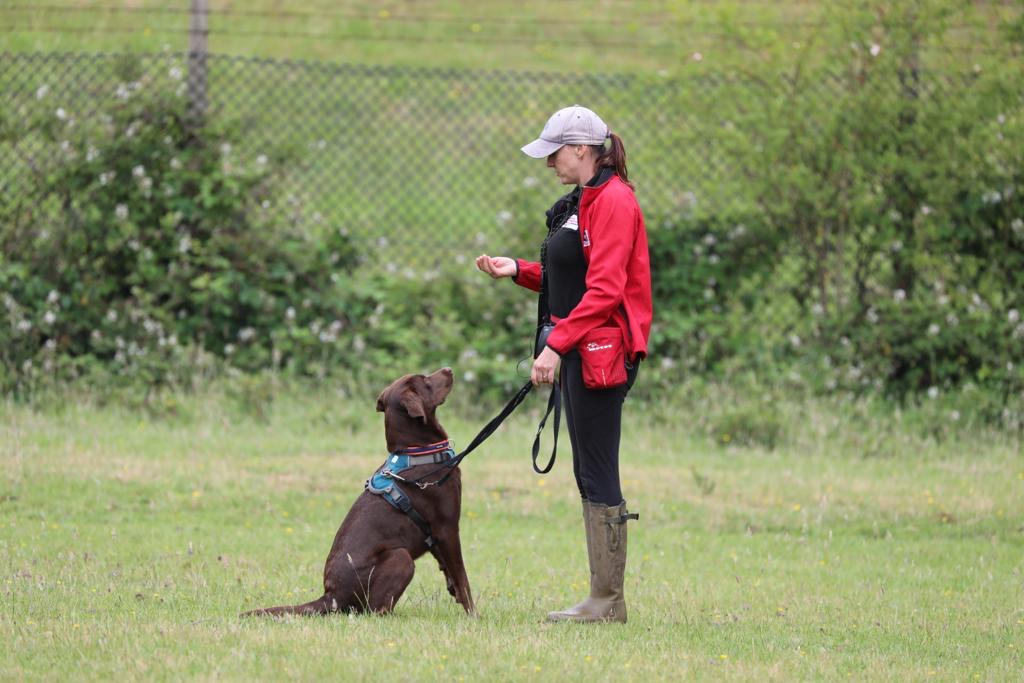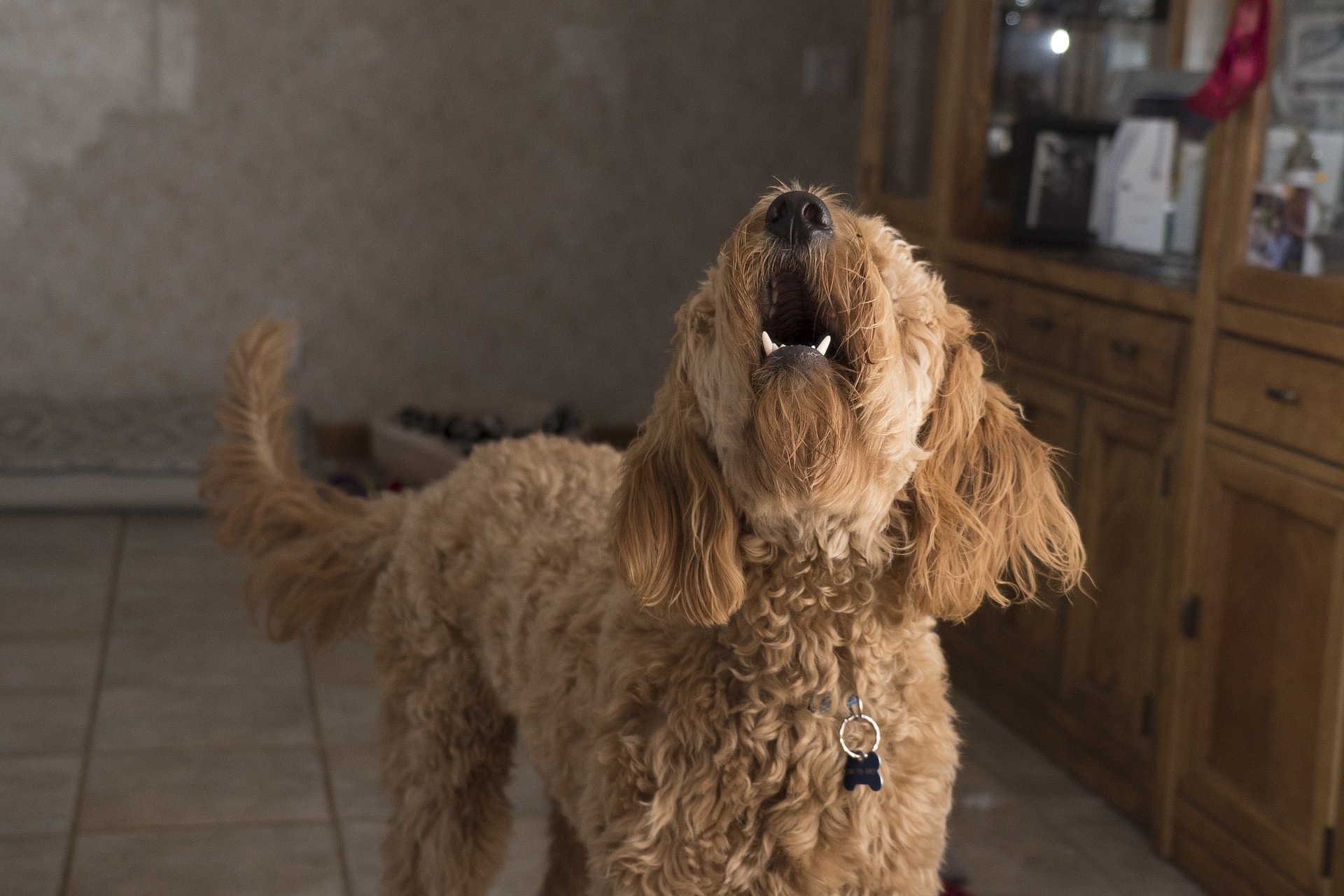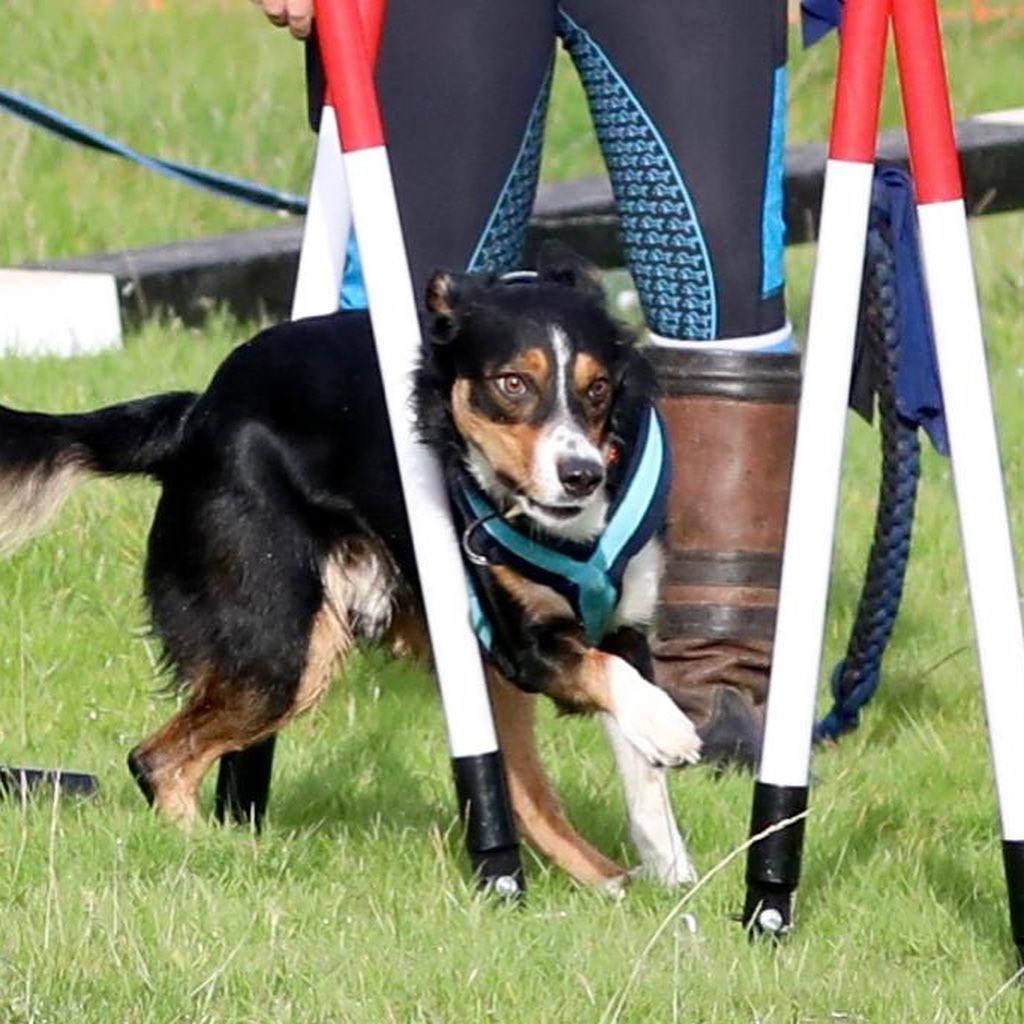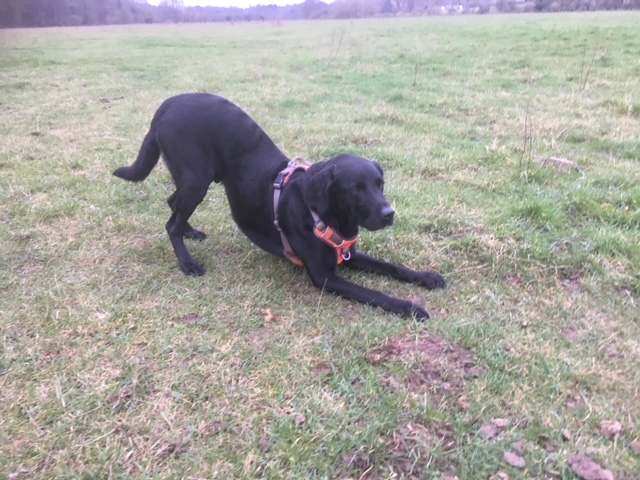I often get asked by clients what word they should use to get their dog to do xyz. My answer is always whatever you like. You could say bananas if you like, as long as your dog knows what is being asked of them. And that is the important bit. If you are telling your dog to ‘bow’ for example but you haven’t yet shown them what a bow is, you’re pretty much wasting your breath.
So what do we mean by cues?
A cue for your dog is anything that elicits a response that is then followed by a consequence. For example, you have a treat in your hand, you show it to your dog and lift it up over your dog’s head and he sits, and you give him a treat. Your dog starts to learn that when you have a treat in your hand and lift it up and he sits, he gets a treat. Over time just the treat in the hand results in your dog sitting. The treat in your hand is the cue or just holding your hand above your dog’s nose can be the cue. As humans we want to talk to our dogs using our language and we often get annoyed when our dog doesn’t respond but dogs don’t know our language, we have to show them what we want through luring or using body language (much more important to dogs) and then once we have the behaviour solid, we can then add a verbal cue.


So, we can teach our dogs to do stuff using language they understand i.e. following a food lure, shaping or capturing behaviour, developing hand signals and then pairing with a verbal cue. But dogs also respond to cues that sometimes are out of our control. We call these Environmental Cues. For example, your doorbell rings, your dog gets excited and barks, visitors arrive and give your dog lots of fuss. You may find over time that your dog starts to get more excited and the barking increases every time the doorbell goes whether they are visitors or just someone delivering a parcel. That is because the doorbell has become a cue to your dog that exciting visitors are coming to give him lots of fuss.
My dogs know when we are about to go on a walk or not based on what I am wearing. If I come down in my leggings and hoody they know we’re off for a walk and are up and ready to go but if I come down in my dressing gown they know it’s time to go back to sleep.
Dogs are picking up and responding to cues all the time and getting reinforced for them whether we want them to or not. But we can use environment cues to our advantage as well. For instance, going back to the barking at the door, how cool would it be if we train them to go to their bed or mat when the doorbell goes instead. It is completely feasible we just have to pair the cue (doorbell) with a new behaviour (go to bed).
Objects can also be cues to your dog. A mat on the floor can be a cue to lie down and settle, a cone can be a cue for your dog to perform a ‘send around’, weave poles can be cues for your dog to weave, getting your phone out and pointing it at them can be a cue for them to sit and look cute!
One environmental cue I have used with my dogs is opening a door = wait or hang back. The door opening (could also be gate, car door or even a narrow pathway) is the cue and the behaviour is to wait which has been heavily reinforced over time. If you have a dog that shoots through your front door when you open it, it is because the door opening (cue) means race through door to go on a walk (massive reinforcement).
So, have a think about what environmental cues your dog responds to and if it’s a behaviour you don’t like can you change it to a new one?


Going back to verbal cues, how do we get a behaviour ‘on verbal cue’ and how do we know if it is? The process I like to follow for adding a verbal cue is as follows:
And to test whether the behaviour really is on verbal cue only, stand with your back to your dog and cue the behaviour, if they can do it then it’s on cue, if not then they are still reading something from your body language when you cue the behaviour.
So, your challenge is to pick a behaviour your dog knows well, think about how you cue your dog to do the behaviour now. Follow the process above to get it ‘on verbal cue’ and test it either by turning your back to your dog or lying on the floor (I can’t do this as I would have 2 x 30kg Labradors in my face!!).
Video it and post it on our Community Facebook group 😊
https://www.facebook.com/groups/canineconnectionsherts